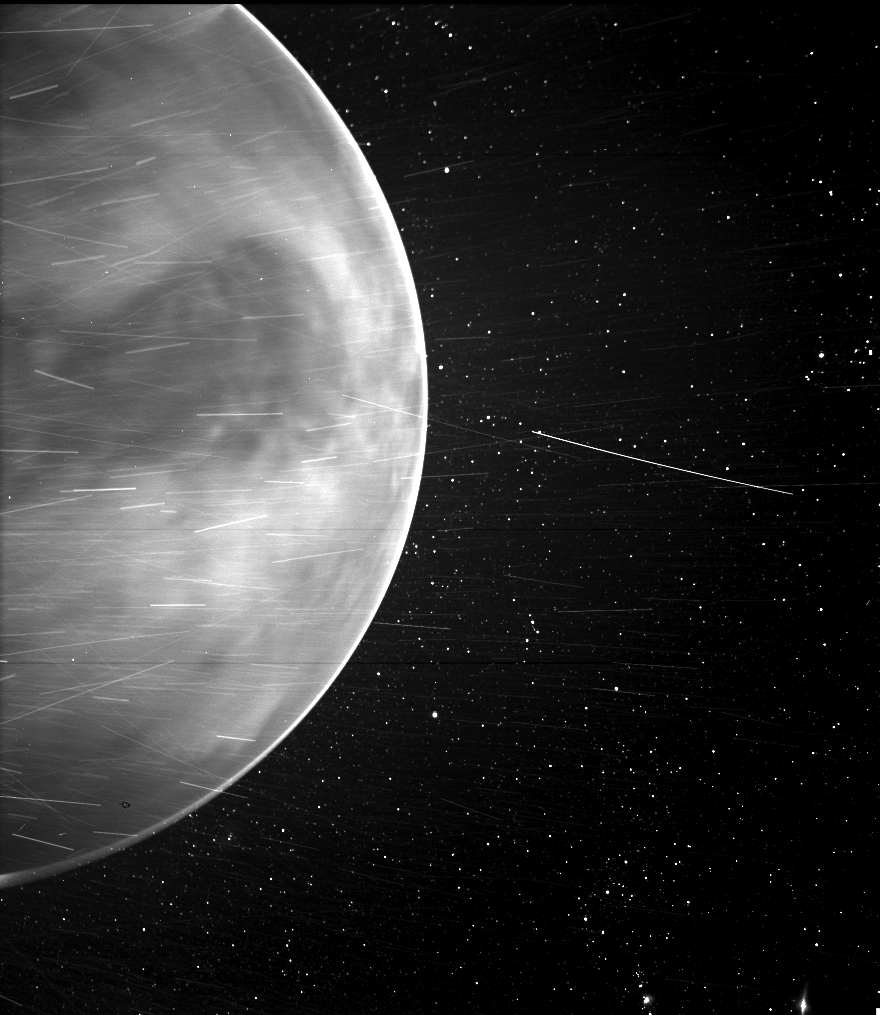In July 2020, NASA’s Parker spacecraft discovered something very special about Venus. At a distance of 833 kilometers from the planet’s surface, the devices picked up low-frequency radio waves All this means that the search device has touched the upper part of the atmosphere of the celestial body, the ionosphere, writes Science alert Scientific portal.
Thirty years later, for the first time, direct measurements of the planet’s upper atmosphere were taken. The data shows how solar cycles create changes in Earth’s neighborhood.
Venus is somewhat similar to our planet: roughly the size of Earth, there aren’t many differences in its composition either.
However, an important difference is that Venus is a poisonous infernal world in which there is no chance of the emergence of life.
How the orb took a different direction of evolution, and what this means for the habitation of distant planets, can be answered in an objective way through further study of Venus. However, the relatively few missions that have dealt with Venus are no coincidence: The landers that can be sent to the surface will not be able to withstand the dizzying heat (462 ° C) and pressure for more than a few minutes.
Also, space probes are not in an easier position; The atmosphere of Venus is terribly thick, it is almost impossible to see.
The atmosphere of the solar cycle and Venus
Despite the known circumstances, those looking for work will not give up, many tasks aimed at mapping Venus are also in the preparatory stage. Until then, however, only data from other space probes could be relied upon.
Fortunately, the Parker spacecraft is on hand right now, which will essentially examine the Sun more closely, but now that it has outpaced Venus (using its gravitational field for maneuver), it has the opportunity to collect open data about the planet.
The detected radio signals are greatly assisting researchers in calculating how dense the ionosphere of Venus is today. Similar measurements were made in 1992 by planetary scientists.
It turns out that, over the course of nearly 30 years, the ionosphere of Venus has weakened.
The change is related to the solar cycle. Our central star’s magnetic field reverses every 11 years, with the charged parts shifting in opposite places: the South Pole is migrating north, and the North Pole is south. Even today, it is not entirely clear what causes this phenomenon, but it has been observed that pole reversal occurs when the magnetic field is weaker (the lower limit of the Sun). Once the pole change occurs, the sun’s magnetic field becomes stronger again, and the activity of the star (maximum sun) increases.
Venus’ ionosphere also adapts to the cycle:
It was thicker at the time of the 1992 solar maximum, but was well weak during the current solar minimum.
The wireless signals detected by the Parker probe also support this hypothesis.
The waves captured by the instrument have been converted into sound by NASA engineers, and the final frightening result can be heard in the attached video.
Why is Venus’ upper atmosphere thinner below the Sun’s minimum?
Even experts cannot explain it, so far there are only theories: one says that the ionosphere is leaking faster into space, while the other theory believes that charged particles in the living side cannot reach the night space of the celestial body during this period. . It results in a thinner upper atmosphere.

The Parker spacecraft cannot discover the truth, which will require more research in the future.
The full study prof Geophysical Research Letters Read in its latest release.












































